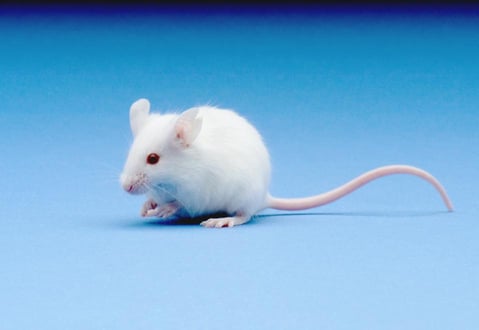Gene-Based Therapeutics
Identify human outcomes of gene therapies in a chimeric mouse model with a humanized-liver.
The challenge
Gene therapies have vast potential in treating human diseases. However, research pipelines frequently experience setbacks because of translational issues when progressing from animal models to clinical trials. For example, studies often find discrepancies between animal models and humans when testing the biodistribution and efficacy of gene therapies delivered via adeno-associated viruses (AAVs). This ultimately inhibits the ability of life-changing therapies to reach patients.
The solution
Our PXB-mouse® model with a humanized liver helps you to overcome the challenges of moving from the lab to the clinic. By utilizing a chimeric mouse model with a humanized liver, you can evaluate the transduction and transfection of your gene therapies in human hepatocytes, observe human-specific hepatotoxicity, and measure the efficacy of your therapeutics on human genes.
PXB-mice offer unrivalled translational capabilities in predicting human outcomes compared to conventional mouse models due to their high and stable expression of human genes and proteins.
With over 15 years of characterization of our model and proven customer use cases, we provide you with the technical support, research data and expert knowledge you need to confidently plan your next gene therapy project using our humanized liver chimeric mouse model. Increase the confidence of your projects moving towards clinical trials.

Gene therapy study services
PXB-mice offer a logistically simple way to enhance late-stage studies when smaller numbers of specialized mice with humanized livers are required to test the delivery, safety, and efficacy of your lead gene therapy research therapeutics.
Our study services with PXB-mice are ideal for selecting gene therapy candidates for clinical development. These services include:
- Transduction & Transfection Studies (AAV, LNP, etc)
- Validation of human target engagement
- Efficacy Studies
- Safety Studies
- Custom Transplantation of Hepatocytes
See how our PXB-mice and PXB-cells® have been used in other gene therapy studies
Due to their highly humanized livers, PXB-mice have been shown to better predict viral and non-viral liver delivery, efficacy, and safety.
Blog Review: Advancing the Development of Safe & Effective LNP-Delivered Therapies using Humanized Liver Models
This blog review covers data from organizations that utilized the PXB-mouse® model for LNP-delivered therapeutics. These studies evaluated:
- Characterization of LNP delivery in Humanized Liver Mice
- Biodistribution of LNPs in Humanized Liver Mice
- LNP delivery in PXB-mice compared to Non-Human Primates (NHPs)
- Utilizing the PXB-mouse to assess translational efficiency and safety
Case study: How modern tools are enabling effective AAV selection
This case study covers four separate projects from organizations that utilized the PXB-mouse® model in their studies. Their data highlights how PXB-mice enabled effective AAV selection with greater insights into human physiology. These studies found:
- Study 1 demonstrated that AAV expression in live PXB-mice can be evaluated with bioluminescence or GFP-expression for straightforward screening of AAV transduction efficiency in human hepatocytes in vivo
- Study 2 found that a single dose of gene-editing AAV vectors demonstrated stable and reliable reduction of hPSCK9 levels in PXB-mice
- Study 3 showed that PXB-mice and C57BL/6 mice are transduced at different levels by an AAVRh.10 vector carrying A1AT. Importantly, PXB-mice predicted poor transduction efficiency in human trials where experiments with C57BL/6 mice could not.
- Study 4 highlighted the utility of the PXB-mouse® for selecting lead candidates for clinical development.